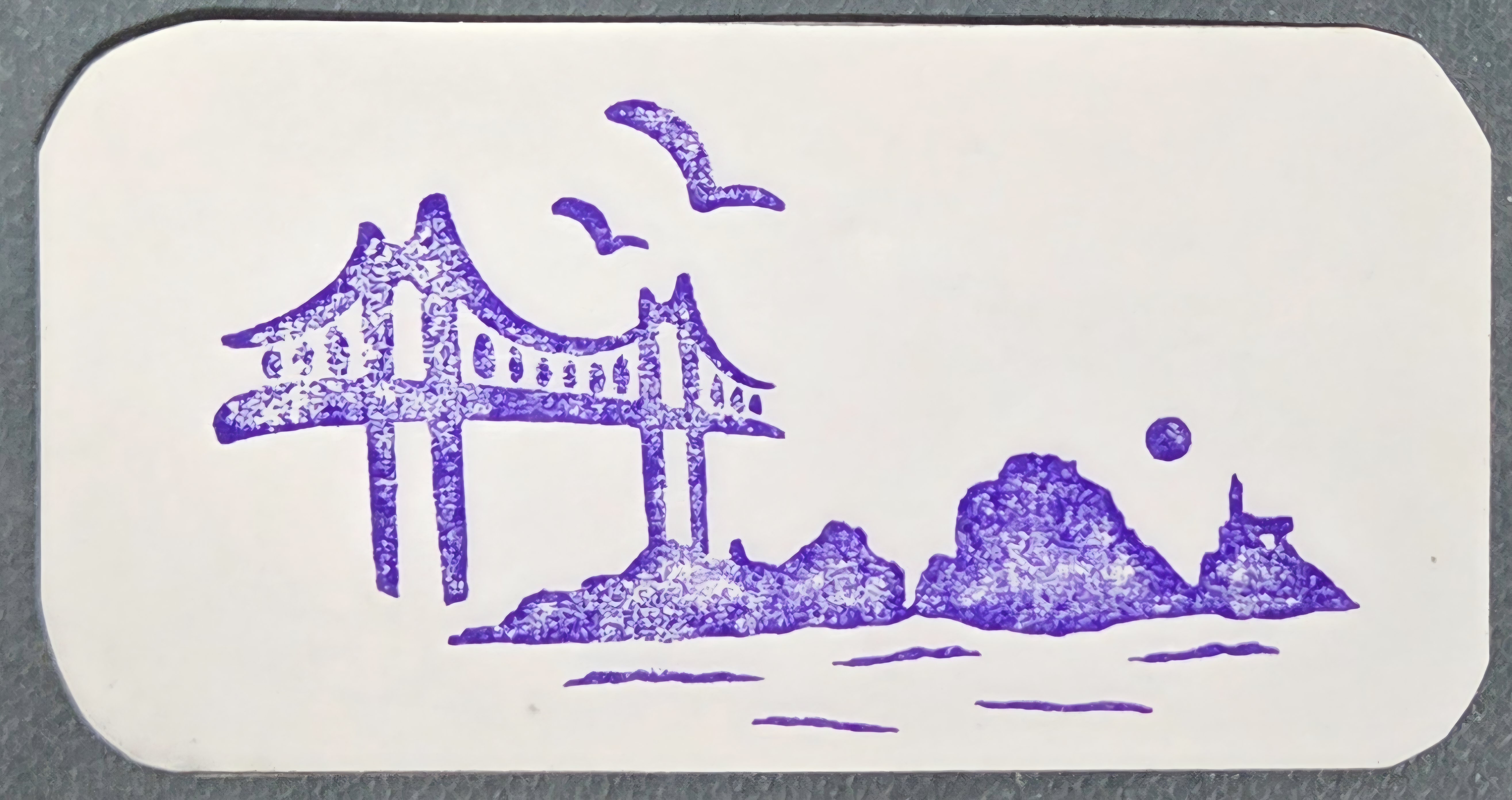Ancestral ritual at the temple
In the Buhddist nation Goryeo, ritual were mostly held at temples.
The tablets(위패: refers to a wooden tablet on which the name of a deceased ancestors is inscribed, 지방: writes the names of ancestors on paper) of the deceased were kept inside the temple, and it was the monks who performed the rituals. Since rituals for one's parents were held at the temple, children shared the expenses evenly, and in return they inherited assets equally among siblings.
Table setting for the ritual varies from region to region, the basic cuisine includes cooked rice, side dishes, fruit and liquors, they are all placed on the table. Sometimes favorite dishes that the deceased ancestors used to enjoy eating when he or she was alive. By opening the door as a welcoming gesture the ritual begins, and all descendants maintains a polite, decent and reverent manner for the duration of the ritual, assuming their ancestors are indeed having a meal. When the ancestors are believed to have finished their meal, family members present farewell greetings to the ancestors. When the ritual is finished, family members share the foods. This special meal is called "음복", which refers to the act of receiving fortunes from ancestors blessing their descendants.

